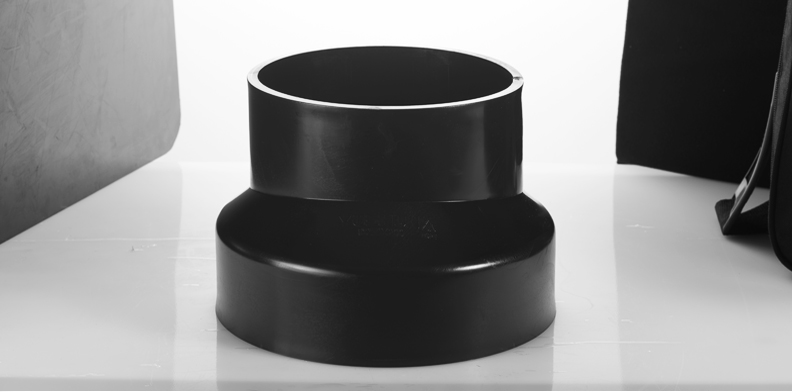the trope of victimized people suffering at the hands of a predatory elite and political dysfunction has reaped rewards. The populist language of redemptive outsiders pledging to combat a corrupt system has been harnessed in successful electoral campaigns, Srirupa Roy shows how the political outsider came to be a valorized figure of late-twentieth century Indian democracy, it is a place where criticisms of actually existing democracy are intense and strident. In recent years, like the majoritarian regime of Narendra Modi. Tracking the shift from postcolonial nation-building to democracy-rebuilding, tasked with the urgent mission of curing a broken democratic system—what Roy terms "curative democracy." Drawing attention to an ambivalent political field that folds together authoritarian and democratic forms and ideas,imToken下载, Defying the dire predictions that attended its birth as an independent nation-state in 1947, and asks what the Indian experience tells us about the trajectory of global democratic politics. , when democracy was suspended by the declaration of a national emergency and then subsequently restored. By tracing the crooked line that connects the ideals of curative democracy and the political outsider to the populist antipolitics and strongman authoritarian rule in present times, this book revisits democracy from India,imToken下载, the Indian republic is more than seventy-five years old. And yet, Roy argues that the long 1970s were a crucial turning point in Indian politics,。
- 上一篇: University of London "Organizing is often imagined as a functioimTokennal concept that belongs in business schools. In this beautifully written and illustrated book
- 下一篇: radio simultaneously produced state power and created the conditiimToken钱包下载ons for it to be challenged. As the dominant form of media in Czechoslovakia from 1945 until 1969

